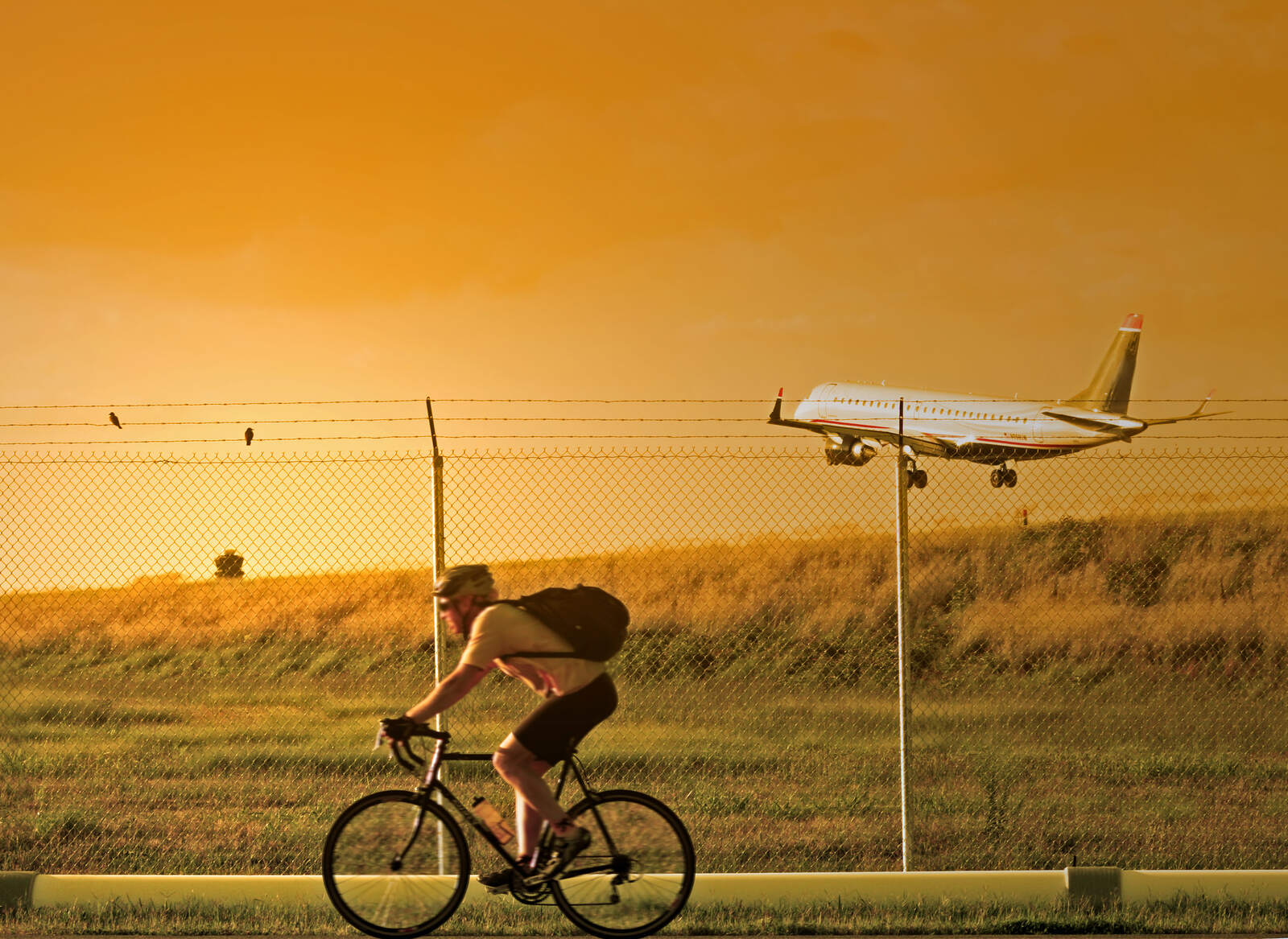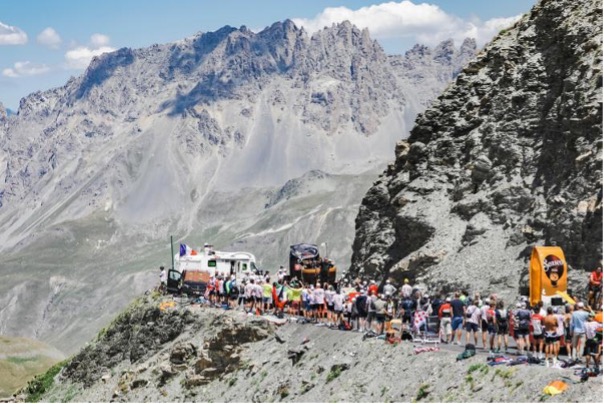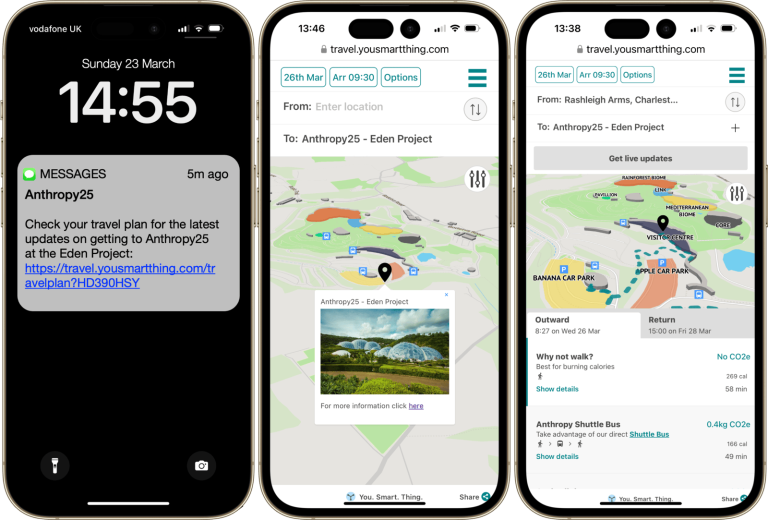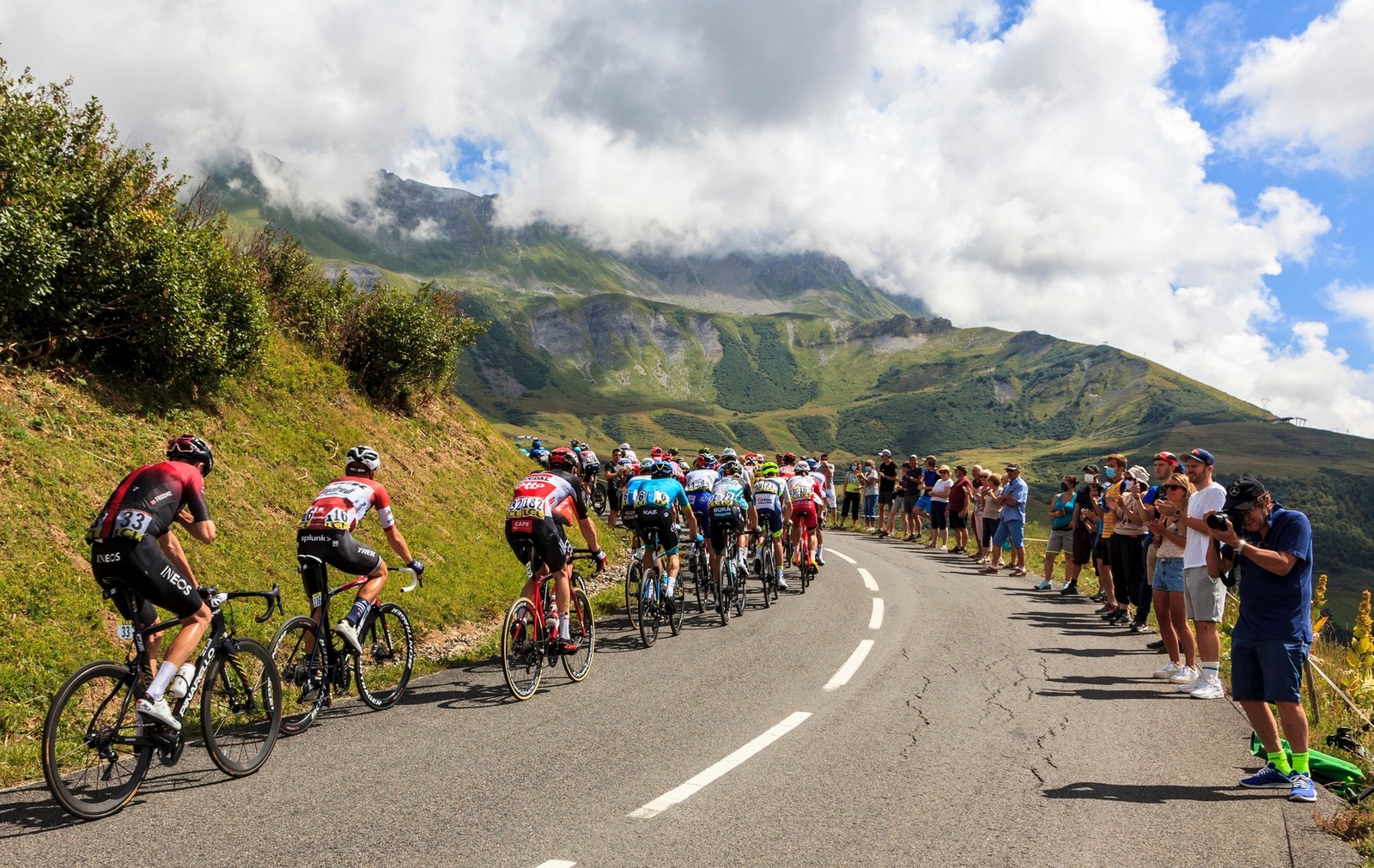Hidden Footprint of ‘Low-Carbon’ Sports in Climate Action
Many of the world’s most popular participation sports – running, cycling, etc., are seemingly, in of themselves, environmentally sustainable. Cycling is a particularly intriguing example – doubling up as a sport and arguably the most sustainable practical form of travel. As an activity, cycling is totally carbon-neutral once you take away the production emissions associated with equipment production and food for fuelling the ride. However, when it comes to staging a major cycling event, the carbon footprint is alarming and, in many cases, a reducible impact.
Personal Perspective: The Cyclist’s Carbon Footprint
As an ex-professional cyclist myself, I was deeply concerned with my personal carbon footprint whilst competing; with most months of the year spent travelling from race to race, training camp to training camp, all simultaneously dotted around the world, most often with the only option to reach them being a return flight.
This is the inevitable footprint of professional sport. You are paid to perform over races across the world day in day out, meaning fast, simple travel from place to place. There is certainly room to improve the way in which professional athletes, cyclists in particular, travel – but for the most part this is dictated by the team themselves who decide where and how an athlete is going.
What can be influenced more easily, however, is spectator travel. That is what we’ll be diving a little deeper into in this post.

The Tour de France: A Major Environmental Impact
The Tour de France is the world’s most watched sporting event, attracting 3.5-4 billion viewers annually, with at least 12 million spectating on the side of the road. At a glance the event is a low-carbon spectacle – the world’s best 180 cyclists racing distances of 150-250km daily for 23 days across the best bits of France. Many of these kilometres pass particularly vital and fragile landscapes – such as the rapidly melting glaciers of the Alpes, helping to highlight the importance of environmental protection. And whilst professional cycling isn’t riding a bike for the sake of transport, it is encouraging people to get fitter, healthier and engage in active travel – the positive knock-on effects of this cannot be denied.

The Hidden Environmental Footprint of the Tour
Unfortunately, however, it’s not just bikes. The Tour de France is accompanied by many hundreds of vehicles, going the same distance as the riders or longer, each day. This includes the iconic promotional ‘Caravan’ (which involves an hour-long cavalcade of customised event transport akin to whacky races), at the very least three or four team cars, coaches and various race-specific buses and lorries to not only move the thousands of people working on the event, but the enormous level of infrastructure involved. Then add the coverage aeroplanes and television helicopters, and you have an astonishing environmental impact, even before spectators get involved. Combine this with spectator travel, which can account for up to 80% of the Tour’s carbon footprint, and we witness one of the most carbon-intensive sports events on the planet. The irony is profound.
How Can the Carbon Footprint Be Reduced?
So: how is this avoidable? The answer sits, in equal measures, in the hands of event organisers and spectators. Event organisers can empower and enable spectators and participants to make more sustainable travel choices – in turn, spectators can make the most of sustainable travel advice and incentives by choosing lower-carbon transport. But giving spectators practical and achievable travel options in an event like this is easier said than done.
With a large portion of key destinations and viewing hotspots being in rural and remote areas, void of established public transport links, many rely on their cars to get from A to B whilst watching the race. Most spectators travelling from different countries or continents at the Tour thus fly and hire a car once arriving in France.
Sustainable Travel Solutions: The Role of ‘You. Smart. Thing.’ and Crowd Distribution
Solutions such as the ‘You. Smart. Thing.’ travel demand management platform and travel assistant are well suited to overcome these challenges, especially when integrated with event-specific travel, like spectator shuttle buses. Although encouraging spectators to arrive in France as sustainably as possible is key, ideally without flying, it’s the provision of solutions and services for those travelling domestically to race stages that stands out as the biggest opportunity to influence and nudge travel choices. This would significantly reduce emissions and lessen the strain on the organisation and crowd management side of the Tour de France. It is a notable missing piece in the Tour de France’s large decarbonisation puzzle.
Example of integrated shuttlebus option for Anthropy 25 at The Eden Project

Crowd distribution is key for this. The Tour can lean on ‘attract and disperse methodologies’ used by popular rural tourist destinations. Instead of crowds all travelling to and gathering at the most popular race points, the Tour can promote other lesser-known viewing areas to help disperse the spectators across each race stage’s route. This strategy reduces over-crowding and lessens the need for extensive travel to congested points, improving spectator experience and the overall logistics of the race.
Decarbonising the Tour de France Fleet
It’s also high time that the Tour de France takes the necessary steps to decarbonise its fleet of vehicles. Does it need that many? If so, how can it ensure that all of them are electric and using clean energy? Tackling the carbon footprint of mass participation events, with their unique complexity of multiple route diversions, dynamic and specific timings across different stages, with often multiple, dispersed spectator viewing points in a single day, sometimes day after day, is perhaps a niche challenge. But we can’t solve the climate emergency in one go.
A Global Challenge and Opportunity
There are over 6000 major, spectator-attracting, mass participation sporting events globally each year attracting tens of millions of participants, and a global audience approaching or exceeding 1 billion annually. What is undeniable, is that these events have the power to influence behaviour change in our everyday lives. Purpose driven innovations such as ‘You. Smart. Thing.’, with its configurable multimodal routing and personalised travel advice, are designed to and catalyse this potential impact.
As an iconic world-leading event the Tour de France is uniquely positioned to harness and integrate low-carbon technologies and practices, leading by example on how it can dramatically reduce its carbon footprint, and become a conduit for the sustainability that is integral to its nature.




